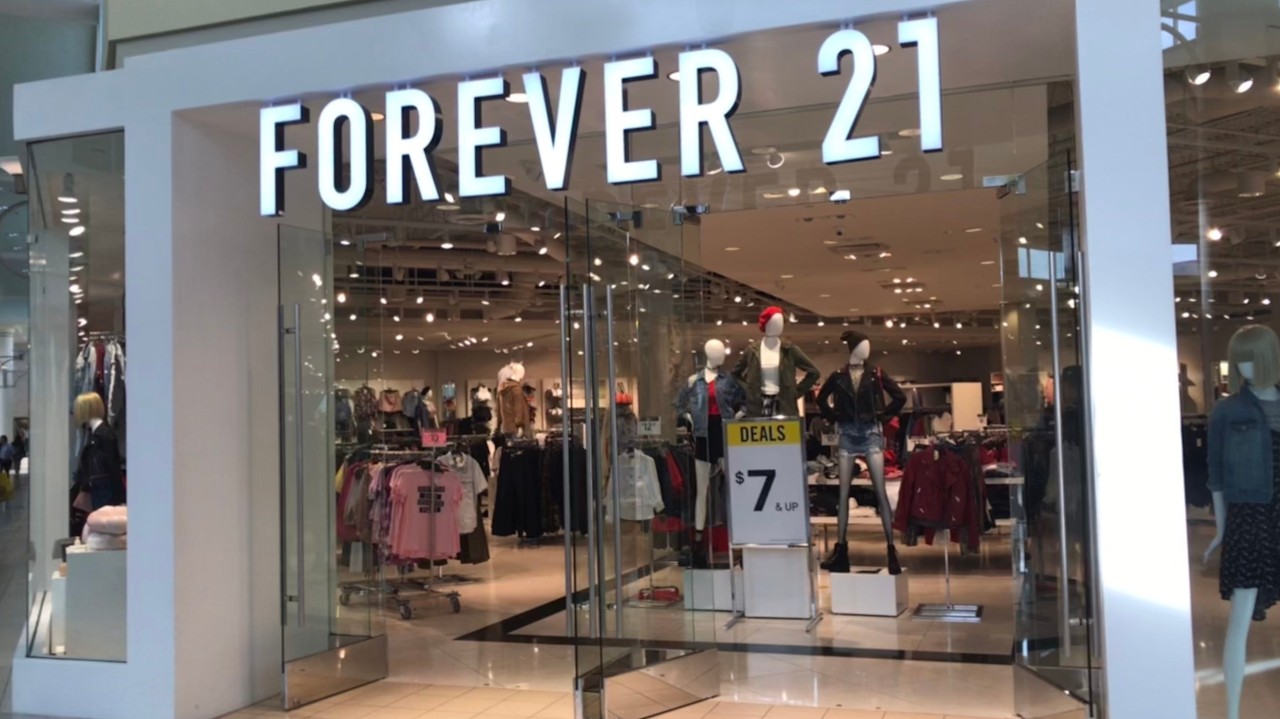(No ChatGPT or other LLMs were used when writing this note)
Forever 21’s bankruptcy announced last month shows the importance of having a streamlined online presence, understanding your customer’s changing preferences and finding ways to remain relevant even for an established player. All of these are things Forever 21 overlooked after its first bankruptcy filing in 2019 and led it to an even worse outcome this time around. As a digital marketing professional, I see so many great lessons from this story, so I would like to share my thoughts on the reasons behind Forever 21’s decline and a few data points that caught my eye while reading about it:
Untimely physical stores expansion and an overlooked online channel:
- Forever 21 focused on expanding physical stores aggressively at a time when users started to move online. It went from having presence in 7 countries to 47 in a period of 6 years. Not only was the number of physical stores an issue, it was also the size of them. The majority were multi-story locations that required large inventories, numerous staff and elevated fixed costs.
- As a result of this, their online sales decreased from 16% of total sales in 2018 to 11% in 2024, at a crucial time when online shopping was gaining momentum and was being harnessed by its fast-fashion competitors, especially during 2020 and onward.
Shein and Temu gaining market share:
- Shein and Temu were specifically mentioned when filing for bankruptcy for being able to sell directly to consumers from warehouses outside the US and thus avoiding import taxes applied only to purchases over $800. Forever 21 called this out to explain why they were unable to compete with Shein’s and Temu’s lower prices.
- Even though its true prices are cheaper on these platforms, I believe what gave them the upper hand was not so much the couple extra dollars consumers were saving per item, but their ability to quickly adapt to changing consumer trends, deliver hyper-personalized items by targeting niche fashion tastes and using a strong social media strategy based on affiliates and influencers to get their products to the right customer base.
What a better strategy would’ve looked like:
- Given that Forever 21 had already identified competitors like Shein and Temu gaining traction and being unable to compete with their lower prices, they could’ve opted for differentiating themselves with experiences that online can’t offer. This is the case of Zara and Mango, who opted for more exclusive in-store experiences (like no-inventory showrooms hosting events, cafe/shop concepts and more), all while making sure their online channel provided a satisfactory experience for its users.
- Focusing on optimizing a hybrid shopping experience could’ve also been a great call. By combining the convenience of searching online through a large catalog of options with the reliability of picking up in store and processing returns on their physical locations, Forever 21 could’ve created a seamless shopping experience across online and offline channels. Instead, they tried partnering with Shein by having part of their collections on Shein’s website without addressing their own shopping journey shortcomings.
This serves as a lesson and a reminder, especially for household names, not to rely solely on strategies that have served them in the past but to look for ways to remain relevant in their industry, learn from new players and differentiate themselves.
– Belen Aguilar
Web Analytics Architect

